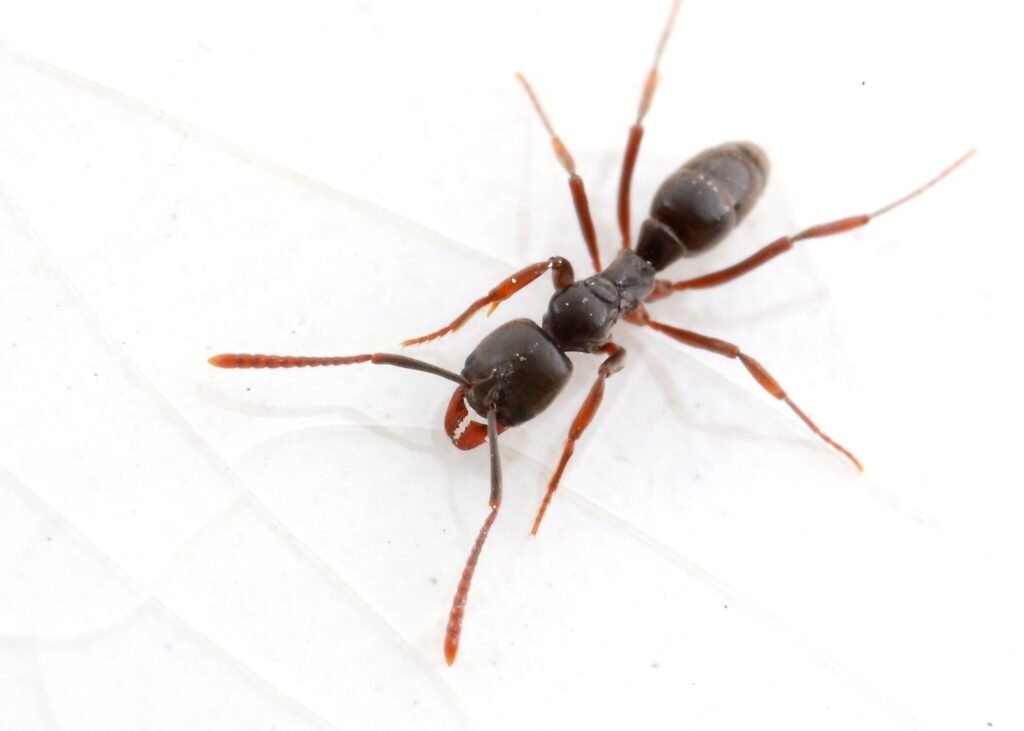Tiny stingers, big danger — and yes, they’re in Ohio.
By April Rodgers, Content Coordinator | FreeWire—Your News, Your Voice

They’re tiny, sneaky, and potentially deadly — and they’ve officially made their way to Ohio. Asian needle ants, an invasive species with a sting strong enough to cause anaphylactic shock, are now confirmed in 19 U.S. states, including right here in the Buckeye State. And experts believe the ants may now be active in Texas, too.
These small, dark brown ants may not look like much, but don’t let their size fool you. Their sting can cause serious reactions, especially in people who are allergic to insect bites or stings. That includes young children, the elderly, and anyone with a history of severe allergic reactions. If that’s you or someone in your family, it’s smart to carry an EpiPen when heading outdoors — especially in wooded or mulched areas.
Most stings happen when people accidentally disturb a nest — maybe by reaching under a log, working in the garden, or brushing against some leaf litter. Asian needle ants aren’t aggressive like fire ants, but they will sting when provoked.
They’re small — only about 0.2 inches long — and not easy to spot. With shiny black bodies and reddish-brown legs and antennae, they blend in with common native species. They tend to nest in shady, damp places: forest floors, under mulch, inside rotting wood, or around landscape timbers and pavers.
They don’t just pose a health risk. Asian needle ants also threaten local ecosystems by displacing native ants that support forest health and plant life.
If you’re heading outside this summer, especially into wooded or overgrown areas, be cautious. Wear gloves when gardening or moving debris. Watch where you step and where you reach. The sting of an Asian needle ant might be rare — but when it hits the wrong person, it can be deadly.



















